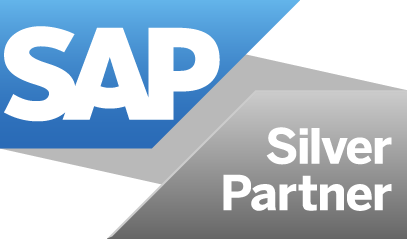
Blog
Orane’s blog posts keeping you up to speed with what’s hot in the world of business.
Don’t Hold Back on SAP S/4 HANA Migration because of These Myths
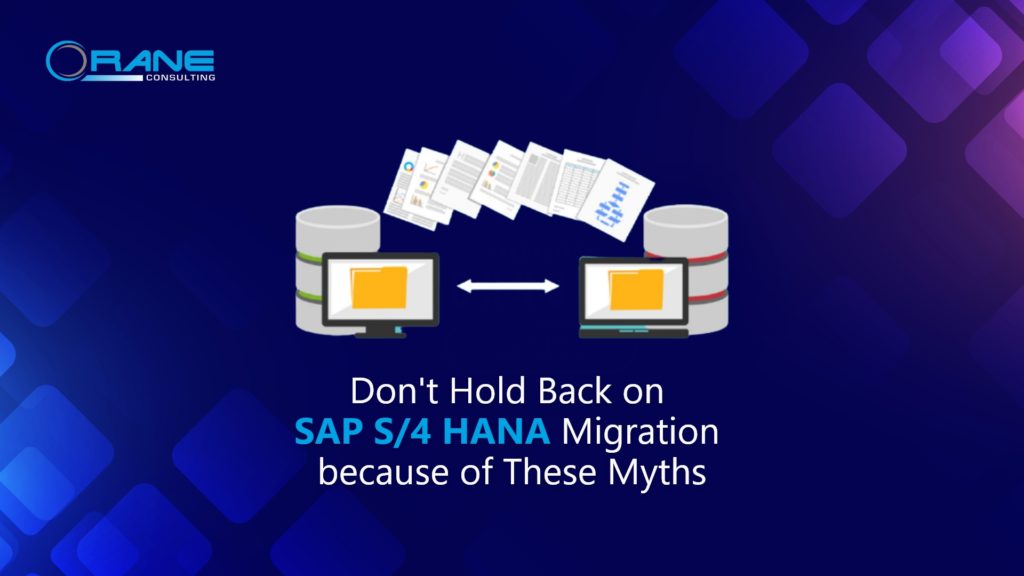
Introduction:
From 370 subscribers in Q1 2015 to 17000 in Q1 2021, SAP S/4 HANA has come a long way from its humble beginnings and has managed to establish itself as arguably the best ERP solution in the world. It provides masterful data and analytics capabilities and facilitates high-speed server and multitenant architecture. This enables businesses to run mission-critical applications in real-time and tackle the complexity of workloads that were once too hard to manage with legacy systems.
However, many enterprises hesitate to migrate to SAP S/4HANA because of several myths and misconceptions surrounding it. It’s noteworthy that 3 weeks after the launch of SAP S/4 HANA in February 2015, analysts from Gartner raised key questions about SAP’s functionality, pricing, and migration, while also labeling it a “transformational shift” from traditional ERP solutions. This wouldn’t have come as a surprise back then since the product was in its primary stages, and there was a lot to address. But that’s not the case anymore. Unfavorably, even after SAP’s persistent efforts to ward off apprehensions, the truth around S/4 HANA’s capabilities is often misconstrued. This, in turn, prevents businesses from leveraging the best all-in-one business suite package in the market.
To put an end to that, this article aims to demystify the myths surrounding SAP S/4 HANA and help businesses make informed decisions on adoption and migration.
Myth #1: Adopting SAP S/4 HANA Means Spending More Than You Had Planned
A 2019 survey revealed that more than 40% of the customers hoping to migrate to S/4 HANA were concerned about its cost. Contrarily, only 17% of those who had migrated to SAP S/4 HANA actually saw their expenses rise.
The fact that SAP allows businesses to request a custom quote according to their budget and business requirements is a testimony to that. After all, it depends on the business how well their strategy complies with the resources at their disposal and how realistic their expectations are out of S/4 HANA. And it is worth noting that the pricing model of a software solution also bases itself on factors like the number of users and application-specific requirements.
Besides, those who are not keen on running SAP S/4 HANA on-premises can opt for a cloud deployment. The ability to leverage the SAP Cloud Platform gives businesses more flexibility and security than they had with legacy systems. In fact, ISG’s report, which considered the impact of the COVID-19 pandemic, emphasized shifting to SAP S/4 HANA cloud for cost-effective ERP solutions.
Myth #2: Migration to SAP S/4 HANA Can Wait for Four More Years
There’s no doubt that, in 2025, S/4 HANA’s capabilities would be even more exceptional. But the technology and functionalities that SAP S/4 HANA provides right now are already incomparable to those of the legacy systems. For instance, businesses looking to integrate predictive capabilities with their machine learning functionalities can do so by leveraging S/4 HANA.
With the use of the Predictive Analysis Library (PAL), which is in-built into SAP HANA, data scientists can develop and deploy machine learning models swiftly. This is in contrast to the months and even years of manual work and ingenuity of legacy systems required to reach a similar level of accuracy.
It appears as if the myth of delaying the migration has been perpetuated to the extent that companies are, in fact, delaying their SAP S/4 HANA adoption. For instance, in 2018, ASUG stated that only 19% of the S/4 HANA customers actually implemented it. Is the product bad? Absolutely not.
Quite likely, the problem is deeply rooted in the level of proficiency that system integrators exhibit. So, when Michele Snead (Director of Performance Consulting at Insight Digital) puts forth questions like “How much S/4HANA experience do system integrators have? Are they thinking about multi-generational learning needs? Are they comfortable with industry-leading content development tools?” – she indicates the gap between what enterprises want out of SAP S/4HANA and what system integrators deem fit to deliver.
Myth #3: SAP S/4 HANA Might Not Contain Tools to Support Industry-Specific Conversions
What if S/4 HANA couldn’t comply well with my industry requirements? What if the solution doesn’t create any value? What if the entire end-to-end digital transformation notion is a tad bit exaggeration? Perhaps, the solution doesn’t contain enough tools to prepare for industry-specific conversions.
Questions and assumptions like these can, indeed, put businesses off from adopting SAP S/4 HANA. Yet that shouldn’t be the case. These are all myths because a business can leverage a host of support services on S/4 HANA and define digital journeys from scratch to conversions.
In fact, the solution provides several tools to support the digital journeys, which are segregated into four phases:
- Executive Alignment
- Value Discovery Workshops
- Validation and Execution Readiness
- Value Delivery
Yes, there could be some exceptions. However, the key is to bring a level of clarity and precision to the equation. If businesses are clear on the scope of application-specific requirements they want, an integrated solution like SAP S/4 HANA can be used to build solutions and drive conversions with relative ease.
Key Takeaways
Subscribe to our communication
You agree to receive newsletters, marketing communication and latest developments from us.

6 Tips to Boost Your Business Performance
- August 19, 2022
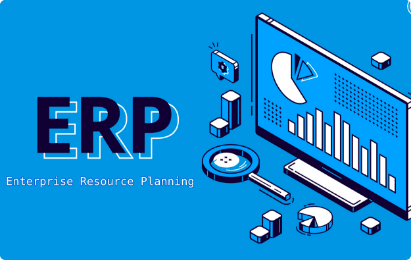
How ERP Implementation is Essential for Businesses? – Top 5 Reasons
- August 19, 2022
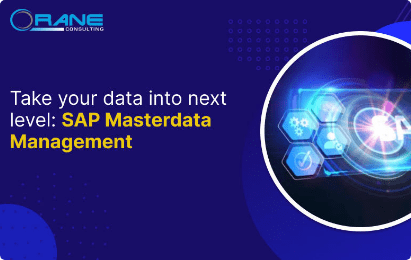
Take your Data into next level
- August 19, 2022
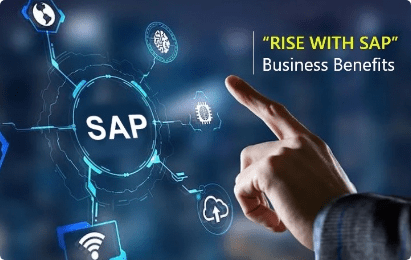
Rise with SAP: Business Benefits
- August 19, 2022

SAP Masterdata Management
- August 19, 2022

